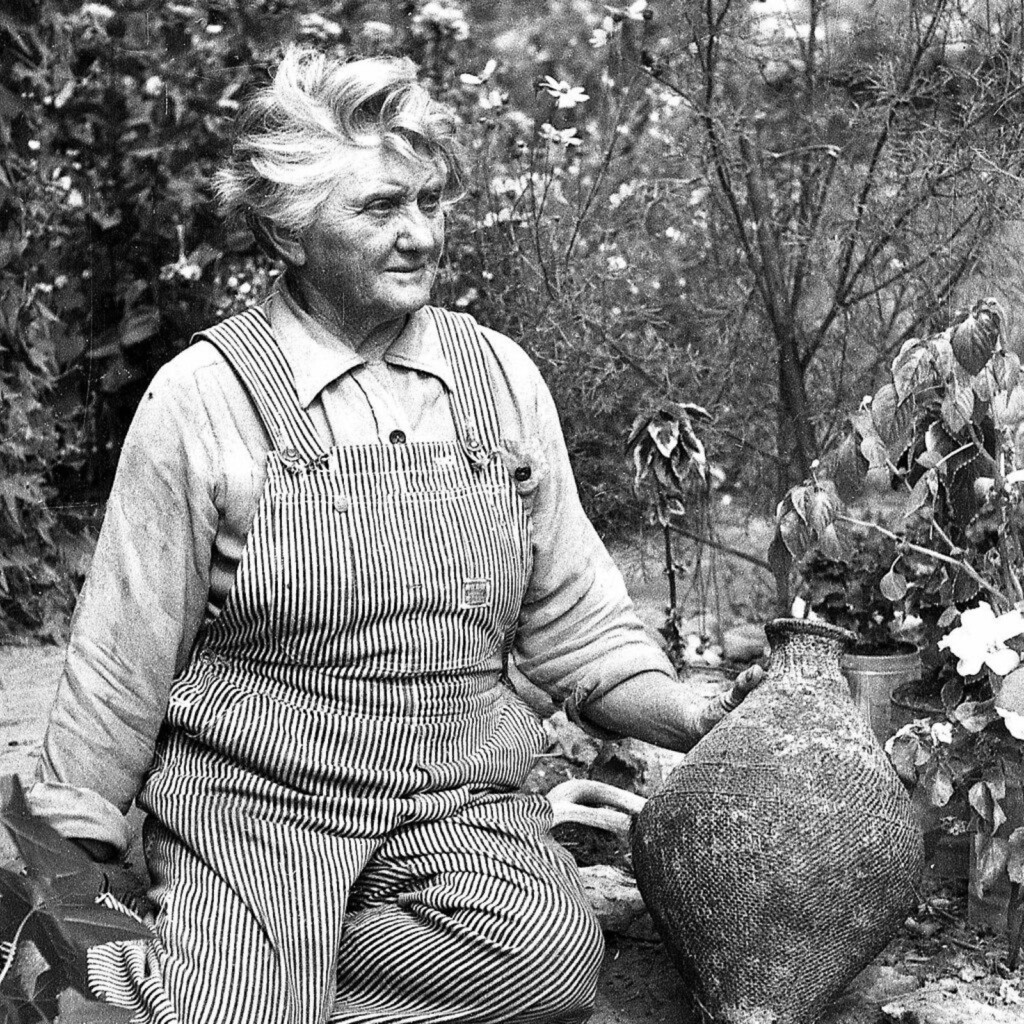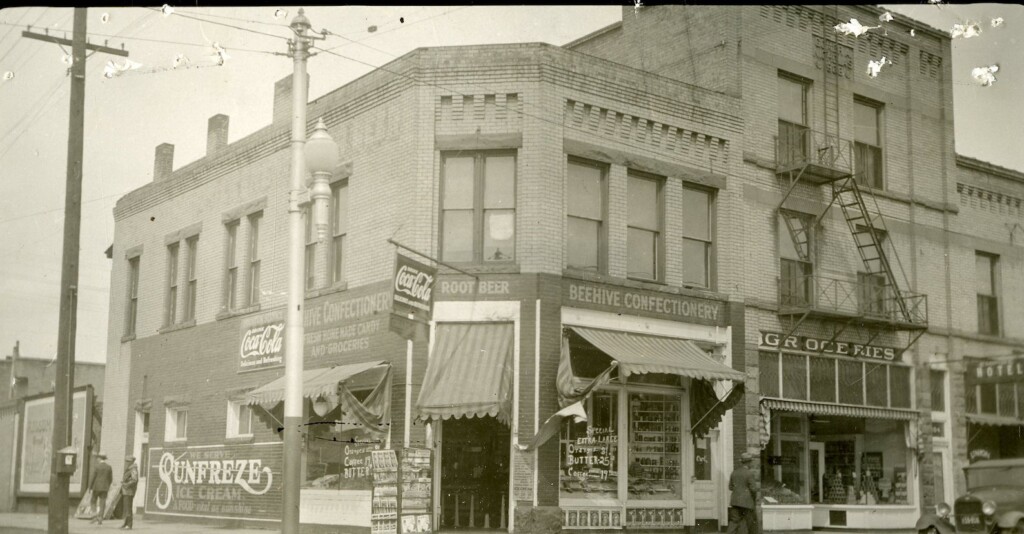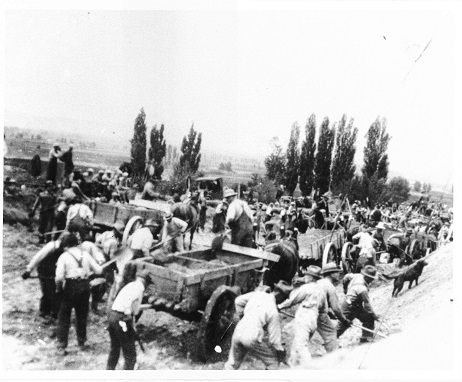
In the spring of 1860 Logan City’s early settlers got to work digging their first major canal. The season before they managed to grow food by hand-digging irrigation trenches on individual lots. But to produce food on a scale necessary to support a whole community they needed to directly tap the mountain snow runoff. By mid-May, the completed Logan and Hyde Park Canal was delivering water from the Logan River to an estimated 2,596 acres of low-lying agricultural land.
“Remember that this was before heavy machinery,” says Jeannie Simmonds, chair of the Cache Water Conservancy District. “The closest they got to machinery was the go-devil. They dug those canals by hand, with shovels and pickaxes. It amazes me. It’s remarkable.”
Aided by their “go-devil”—basically an oversized, oxen-pulled plow—men with hand tools dug the canal to a final depth of nearly two feet and a width of 16 feet, extending from Logan to Hyde Park, about 8 miles north. The endeavor required three months of long days filled with back-breaking labor.
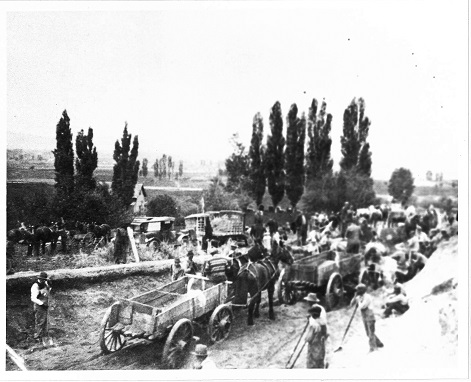
Subsequent canals were even more laborious, time-consuming and costly, moving water across gorges and along steep slopes and rocky cliffs to cultivate ever more land for a fast-growing community. Everyone involved knew that the rewards to those who committed to building these canals were priceless—water rights.
“We’re really a water-rich county if you look at us compared to the rest of the state,” says incoming Cache Water Conservancy District Manager Nathan Daugs.
The Bear River Watershed averages 21.4 inches of snow and rain annually, feeding the Logan River, Cutler Reservoir, and other important sources of water.
In the eastern part of the country where water concourses are usually plentiful, water rights were established as “riparian rights,” which give an entity the right to use water on their property as long as they put it back. However, in most of the West water distribution has been historically dependent on labor and infrastructure, so access to that water has been granted in accordance to contributions to the system that makes distribution possible.
With their blood and sweat, those early settlers earned shares in the water flowing from the canals they helped build. According to theircontribution, they were granted a certain volume of water from a specific diversion point, to be used in a specific place and for a specific use, in perpetuity. The first in line for those rights got first priority for distribution. In other words, if the supply ran low because of drought, the last man to claim a water right was the first man to be denied water.
Today, hundreds of canal companies and private users in Cache Valley—and the rest of the West—use the free market to own, buy, trade and sell those water rights and their priorities, as they were defined by those first settlers. The law is known as “prior appropriation.”
“Water is very political,” Simmonds says. “Think about it this way—if you have water in the West you have power. In the West water is power. Those who have it control the destinies of those who need it.”
Water right claims from the early 1800s usually note a beneficial use that includes a specific number of head of cattle and horses. These days interest in water serves everything from power generation to cooling database servers. With Utah’s growth outpacing every state in the nation—including that of neighboring states sharing river water allocations—people are keeping an eye on the water horizon.
A desire to protect its 60 thousand acre-foot allocation from the Bear River was enough to convince Cache Valley voters to finally approve the creation of the Cache Water Conservancy District last year after two failed attempts in the past 20 years. Water conservancy districts are the only entities recognized by the state in water allocation negotiations.
Daugs said Cache Valley’s allotment isn’t going to be developed anytime soon because water conservation efforts have decreased water use even as the number of users has increased. But with rising demand community and business leaders are recognizing that their allotments from various sources must be secured.
Water districts in Utah haven’t needed to be competitive in the past, said Will Atkin, regional engineer for Utah’s Northern Division of Water Rights. Still, none of them are wasting time getting plans in place for a storage facility or finding water customers who will pay for its construction.
Cache Valley’s fledgling conservancy district has been well-supported by the more established water districts, Simmonds said. “Everyone has been incredibly helpful.”
Several other water districts are also reliant on the Bear River Watershed, and haveundeveloped allotments out of the Bear River—including the Jordan Valley Water Conservation District, which services the Salt Lake area.
Daugs expects several of them will pool resources for the new storage facility. Nine sites are being evaluated currently and all of them are costly—and controversial. Wherever the water is stored, downstream will be affected, including not only water users but also riparian ecosystems, and even the Great Salt Lake.
“Even if we have storage built, if there’s no runoff water could become a scarcity,” Daugs said. “That’s why we’re so invested in good conservation and getting people to see how to use less water.”
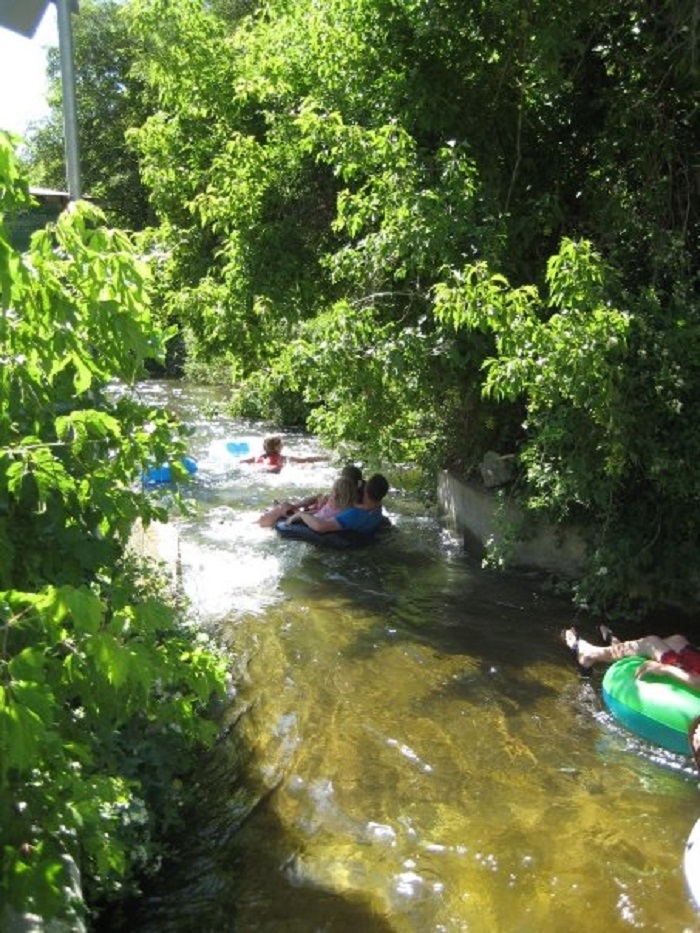
The canals and waterways in Logan and surrounding communities remain a source of pride. Over the decades have retained their importance not only for conveying water but also as symbols of the community’s capacity to fairly distribute a precious, finite resource. That capacity will come in handy during the next twenty years as room is made for new families, businesses and industry, all thirsty for their chance to thrive.


